Living with post-traumatic stress disorder can be so tough. Many people associate post-traumatic stress disorder (PTSD) with combat soldiers. But there are many sufferers of PTSD that were never in the military, and I am one of them. Any traumatic event can result in PTSD.
Post-traumatic stress disorder is a common challenge, even among those that have never served as a first responder. PTSD is much more common than most people realize! Trauma is found nearly anywhere in society. Watching a loved one die or experiencing a mugging can result in post-traumatic stress disorder.
How Do I Know What Living with Post-traumatic Stress Disorder is Like?
Because I have experienced it first hand. I am living with post-traumatic stress disorder. I am not a medical expert, a psychologist, or a psychiatrist. I am just a regular person who lived through some traumatic events and as a result, had to learn to live with PTSD.
The symptoms of PTSD Are Different for Everyone
Regardless, PTSD can look the same or very different from person to person. And PTSD can result from a single traumatic event or a result of series of events.
There are plenty of people living with PTSD that has gone through more than I have. I think of the people fleeing war. And some people are living with PTSD that have gone through less than I have. That DOES NOT MATTER. Their experience is real and should not be discounted.
Speaking of war…
I had a friend who was kidnapped by the Khmer Rouge regime in Cambodia, when she was very young. She was forced to work long days, had to steal food for her and her sister, saw other children murdered, and saw countless people beheaded. If you have seen the movie The Killing Fields you have some idea of the things she saw and experienced. Her father was killed trying to rescue her. I was with her when Tiananmen Square happened. That was the day when I learned what she had endured. I had no idea she had lived with PTSD until the moment the events on the news triggered her.
Let’s take a look at some of the more common symptoms of PTSD:
What People Living With Post-Traumatic Stress Disorder May Experience
Insomnia/Disturbed Sleep

Insomnia is a common symptom in those with PTSD. Nightmares and night sweats can also occur. It’s not easy to sleep when you have post-traumatic stress disorder.
Approximately nine in ten people1 with PTSD suffer from insomnia. It makes sense. After all, most people with PTSD have hyperarousal and find it difficult to relax. It may also be a side effect of having been in a situation that required constant alertness at night. It makes sense for me – due to being stalked by a rapist.
![]() What it looked like for me…
What it looked like for me…
Insomnia and disturbed sleep is where living with post-traumatic stress disorder had the largest impact on my life. After all, I was stalked by someone who kept trying to break into the house while I was sleeping. I swear I didn’t get another good night’s sleep until I was well over 50 years old. I relied on sleeping pills for most years of my life, and still do. I also incorporate natural methods to assist me in sleeping.
Physical Reactions

Physical symptoms related to PTSD are common. But there are good reasons for it. The body’s chemicals change in response to the trauma and everything can begin to “short-circuit.
For example, cortisol will shut down unnecessary functions not needed during the trauma. These include things like the reproductive system and the immune system. This allows the body to direct all of its energy to deal with the trauma. Normally, this is a temporary response. But with PTSD the body remains stressed. So the cortisol levels can remain elevated. But in some cases, the cortisol levels will settle to a level that is too low. Cortisol impacts the storage of fat and weight gain can be a response to trauma. Visceral fat (stomach fat) has four times more cortisol receptors, compared to fat in other parts of the body. High cortisol levels can lead to an increase in stomach fat. These cortisol levels can also lead to cravings for fatty foods and sugar.
There are so many changes to the body when it is stressed that I’ll have to dedicate another article to it.
![]() What it looked like for me…
What it looked like for me…
I suffered a trauma at a church. For many, many years, every time I entered a church I would start throwing up. I would typically run to the bathroom and vomit five or six times in 60-minute period. I didn’t think anything of it for years, just chalking it up to my health issue, because I was throwing up every day, multiple times a day. Finally, years later, when overall frequent vomiting stopped happening as frequently I noticed the problem was occurring every time I walked into a church.
I would not throw up for a week or two and as soon as I attended an event at a church (where I had experienced some type of trauma) I began throwing up. It was then, that I realized my body was reacting to the trauma. Even if my brain seemed to be just fine, my body was processing it completely differently.
Flashbacks or Other Forms of Reliving the Event

These can include bad dreams, recurring thoughts, or being triggered by anything that reminds the sufferer of the traumatic event. Physical symptoms are usually experienced, including pain, sweating, and trembling.
It’s possible to even see and/or feel the traumatic event as if it is happening all over again. Certain smells, sights, and sounds can trigger flashbacks. Or the body can begin to experience the trauma over again, without the flashback.
![]() What it looked like for me…
What it looked like for me…
The sounds of brakes screeching,
The sound of the wind rattling my windows.
The smell of a pine tree.
These and other things would trigger a flashback.
I often had nightmares of being chased. I often had a recurring and very strange dream. I swear it was multiple times a night for a few years.
In my dream, I was chased by a masked man. He was chasing me through three different rooms. Each room had a single exit, which led to the next room. The 3rd room let back to the first. There was no exit.
Room one was dark. The light from the previous room, peaking through the door was the only source of light. The first time I went in there I struggled to find the door. I soon knew exactly where the door was, despite it being dark.
The second room had a swimming pool with a bunch of people in it. However, they were all sick and they were throwing up in the pool. No one was available to help me, despite me being with a lot of people.
The last room had a large ball of elastic. Each time I passed through the room, the ball of elastic got bigger and bigger. I knew that one of these days the ball would be too big for me to pass. The only exit was back to the first room.
I was being chased night after night whenever I was sleeping. It soon became easier to not sleep.
Irritability and Anger

Those with PTSD are often easily agitated and can be over-reacting, sometimes with aggression.
Anger and irritability are hyperarousal symptoms of PTSD. These feelings of anger can feel out of control. When that happens, people may become aggressive toward others, or may lead to self-harm. However, that doesn’t always happen. Not everyone with PTSD lashes out angrily. I know that often would lash out in anger more often about stupid things.
![]() What it looked like for me…
What it looked like for me…
For years, I said, “I never get angry.” It felt true. The problem was I was suppressing my anger which is not healthy. The problem is that the anger came out in other ways and it often became directed at people that were not the real source of anger. I began getting angry at stupid things. Anger would come up when I dropped something when someone cut me off when someone looked at me a certain way. All that suppressed anger, coming out at inappropriate times.
Once I started using my PTSD self-care tips and began using methods to release anger those instances began to drop.
Hyper-vigilance
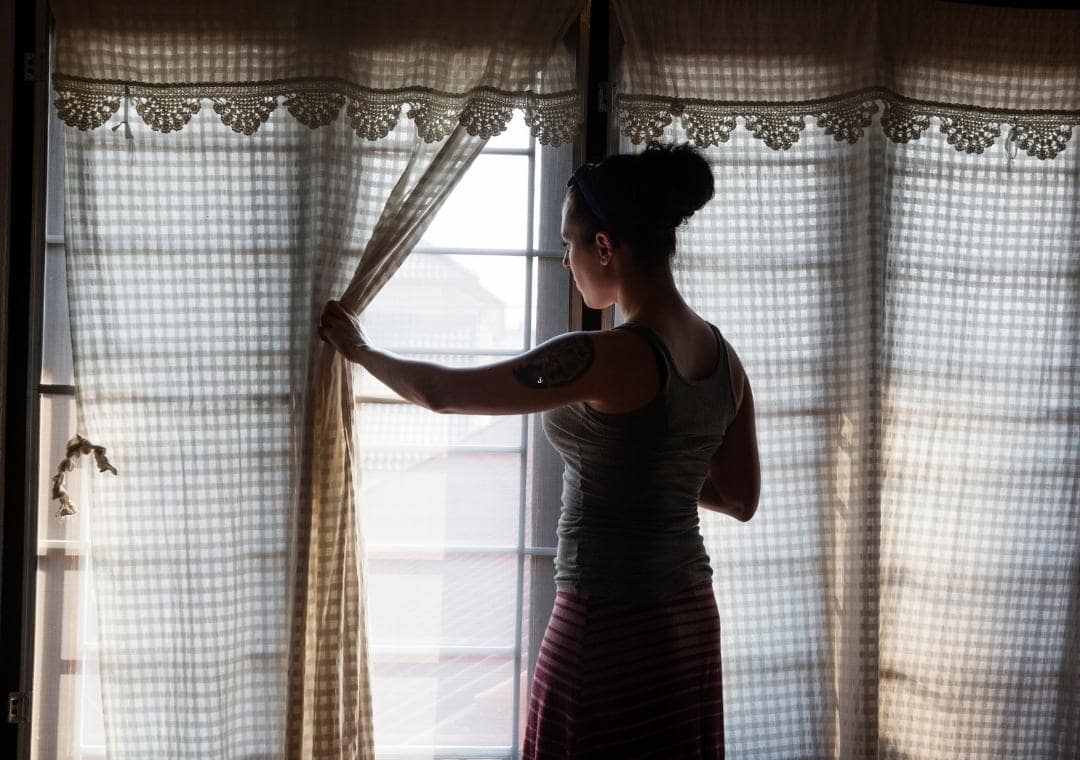
This is an over-alertness in anticipation of possible danger, for example scanning crowds for dangerous people, sitting in a certain place at home to avoid being seen through any windows, or an over-reliance on weapons in case the home is suddenly invaded by bad guys.
The person suffering from hyper-vigilance is lives with the idea that something bad is going to happen to them again. So, they’re often trying to be prepared for the worst, even if the worst has zero possibility of ever occurring. This can even at times look like paranoia to the casual observer. But to the person living through such traumas, they know all too well the bad things can and do happen.
![]() What it looked like for me…
What it looked like for me…
I became hyper-vigilant when out in public. Always carefully watching my surroundings.
It showed up as checking to see if the door was locked a couple of times each night and checked to make sure my window was securely latched.
My new rule driving, leave plenty of space between me and the car in front of me and, at every light, watched the cars coming up behind me to make sure they were not coming in too fast. I needed to make sure I had plenty of room to move if someone failed to stop.
Intrusive or Depressive Thoughts
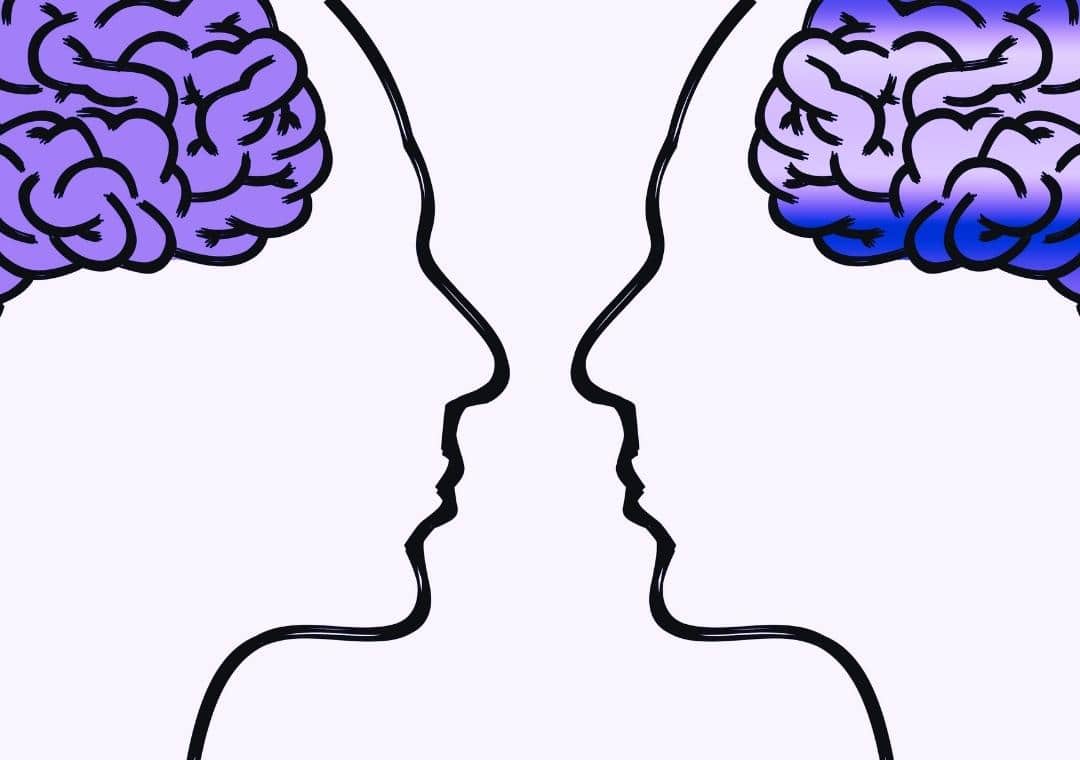
Intrusive thoughts are perfectly normal. Intrusive thoughts are thoughts that constantly occur to a person without conscious or voluntary control.
We all have thoughts that voluntarily come up. However, for people with PTSD these intrusive thoughts can often keep people stuck in the memory of the trauma.
These thoughts could be thoughts of how they wished they had responded to thoughts of wishing for revenge. These negative thoughts can give cause people to be distressed and concerned because these thoughts are contrary to the way they would really act. When these thoughts are “negative” there can be a tendency to fixate on them and give them more meaning. It could be thinking they are a bad person for having these thoughts. This can lead to feelings of shame, guilt or anger which can really have a negative effect on one’s quality of life.
![]() What it looked like for me…
What it looked like for me…
After being raped, I found these questions and thoughts constantly popping into my head:
- Why didn’t I see the warning signs?
- How could I have prevented it?
- Why did I go to the doctor alone?
- How could I be so stupid?
- I hope he dies. It serves him right.
- Why didn’t I realize what he had done to me sooner?
- I wish I would die so the pain will stop.
Here is the problem with questions like this. When the brain gets questions, it seeks answers. So it would start finding all the evidence of the times I had been stupid.
I began to judge myself harshly for wishing he was dead. I began to hate myself for these thoughts.
Avoidance

This may take the form of believing that the sufferer is bad or that all people are bad. Feelings of guilt, shame, and anger are also common.
People suffering from PTSD may persistently avoid situations, activities, or people that are reminders of the trauma. For example, they may avoid driving down a certain street or avoid entering a building where they were assaulted or avoid interacting with people who remind them of their assailant. They may attempt to avoid thoughts, feelings, or conversations about the traumatic event.
![]() What it looked like for me…
What it looked like for me…
I avoided talking about my trauma for years – many, many years. In fact, many people who know me may be surprised to learn of some of my trauma. I stuff that trauma down deep inside of me and pretended it didn’t exist.
Here’s another example from my life. One day I was driving a family member home from a friend’s house. We were talking. Singing to the songs on the radio. Everything seemed great. But then she suddenly burst into tears. I am talking about full-blown bawling.. And then a panic attack hit. I then realized what was going on. I drove her right past a home where she had been sexually assaulted. This is why we had been avoiding this road. It just triggered too much trauma.
I noticed that I was holding my breath and having all sorts of flashbacks when I passed through the intersection where we were t-boned. So I began avoiding the intersection and entered the highway past that intersection.

Feelings of Detachment

Emotional detachment can result from traumatic events, such as childhood abuse or neglect. Emotional detachment is when a person is not able to fully engage with their feelings or the feelings of others. This can often develop as a means of survival. After all, it is easier to go through trauma when one is not attached to it. The problem is when it creeps into other relationships and develops into a long-term attachment disorders.
![]() What it looked like for me…
What it looked like for me…
I felt emotionally numb. I remember sitting in a classroom feeling completely detached from my classmates. I felt so disconnected from what was going on around me. The sounds were muffled and it felt as if everything had a gray cast about it. Almost as if I was in shock.
It can also show up as memory issues. That is what I experienced when I was raped. The doctor saw physical evidence of the trauma and thought I was protecting my attacker. The truth was, I had no memory of it. Though I was drugged, so I am sure that contributed to it. My body remembered, even if my mind was disassociated from the trauma. However, it was still affecting you subconsciously. Once I began to process the memories I held deep inside the color started to return to my world. I felt more connected to others. Life simply became more vibrant.
Persistent, Distorted Blame of Self or Others
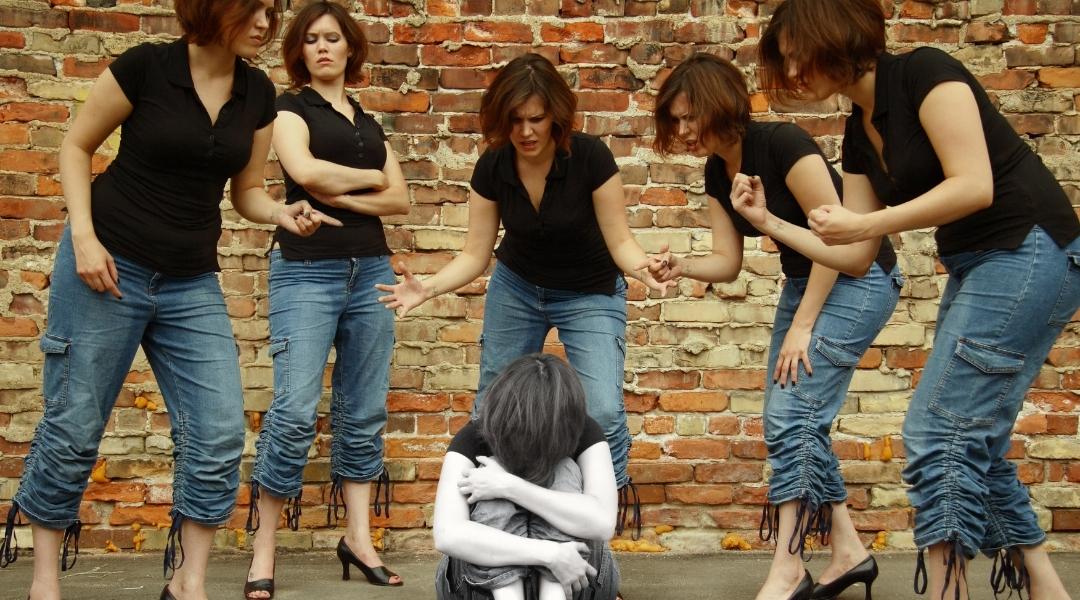
This may take the form of believing that the sufferer is bad or that all people are bad. Feelings of guilt, shame, and anger are also common.
![]() What it looked like for me…
What it looked like for me…
I blamed myself for getting raped. I was drugged by a person of authority. Someone I had known for years without noticing any warning signs, I still blamed myself. “I should have noticed warning signs,” I told myself. Why didn’t I realize when, I woke up, that I had been raped while I was unconscious so I could have reported it immediately. I blamed myself for other girls that may have been hurt; I cast more blame on myself than on him. My counselor at the Rape Recovery Center told me that is a common response.
Distrust of men was another side effect of my trauma. Despite having fantastic male role models in my life (Hello, Dad), I began to distrust men. Logically, I knew that I need not fear most men, but I found myself having fight or flight symptoms around many men.
These symptoms can range from annoying to life-altering. At the most extreme, sufferers of PTSD are unable to work and pose a serious threat to themselves and others. Suicide is common in the most extreme cases. And those with PTSD are known to hurt others as well.
PTSD is a common challenge, even among those that have never served in the military or with the police. Trauma can be found nearly anywhere in society. Watching a loved one die or experiencing a mugging can result in post-traumatic stress disorder.
If you have any of the symptoms listed above, know that help for your symptoms is available. Make an appointment with your physician to get some much-needed relief.

Resources
For information on support and treatment resources contact the Substance Abuse and Mental Health Services Administration (SAMHSA) National Helpline at 1-800-662-4357
You can also view our database of safety resources here.
References
- Department of Veterans Affairs and Department of Defense. (2017). VA/DOD Clinical Practice Guideline for the Management of Posttraumatic Stress Disorder and Acute Stress Disorder. Retrieved December 27, 2020, fromhttps://www.healthquality.va.gov/guidelines/MH/ptsd/VADoDPTSDCPGFinal012418.pdf
Recommended
30 PTSD Self-Care Tips
Here are 27 PTSD self-care tips to help you deal with post-traumatic stress disorder (PTSD) or even everyday stress. You certainly do not have to have post-traumatic stress disorder to see benefits from these. I built this toolbox of strategies and techniques that I...
My PTSD Story #3 – I Was Stalked by a Rapist
TRIGGER WARNING: SEXUAL VIOLENCE/RAPE Today, I am sharing my third PTSD story in a series about the trauma I have gone through, which led to my diagnosis of Complex Post-Traumatic Stress Disorder. During the summer of 1983, I woke to the rattling of my bedroom window....
Possible Causes of PTSD, Besides Combat
There are many possible causes of PTSD (post traumatic stress disorder). The term PTSD is one I had long associated with soldiers returning from war. Shell-shock. Battle Fatigue. Combat Fatigue. Those were terms I had seen in movies. For years, I was living with the...
My PTSD Story #2 – Trapped at Home with a Burglar
Trigger warning. This is my second of my PTSD stories – the trauma related events that led to me living with complex post traumatic disorder. My childhood home’s basement had just one exit. A long set of stairs on the south side of the house. At the top of the stairs,...
My PTSD Story #1 – I Was Terrorized by A Masked Man and Nearly Kidnapped
Trigger warning: mentions of violence towards a child. This is just one of my PTSD stories - the trauma related events that led to me living with complex post traumatic disorder. You may be wondering what place it has on a blog dedicated to happiness. I am including...
My Complex Post Traumatic Stress Disorder Story
Have I told you my post-traumatic stress disorder (PTSD) story? Probably not. I have yet to tell many people, until now. After all, I tried to hide it for many years. This is my first time openly speaking (well-written) about it. You see, I was afraid people would...

Liked this post? Pin your favorite image for later and share the love!
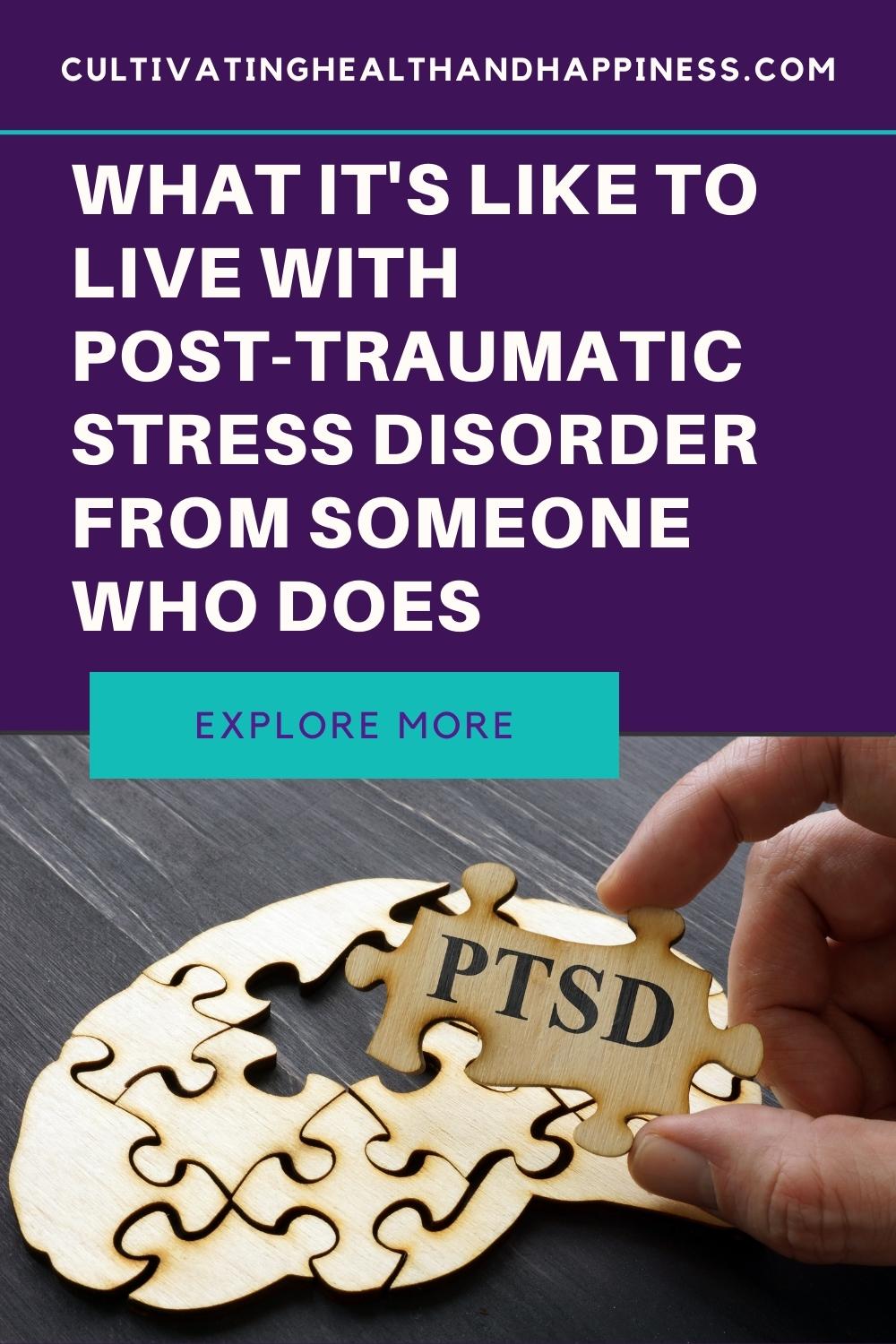
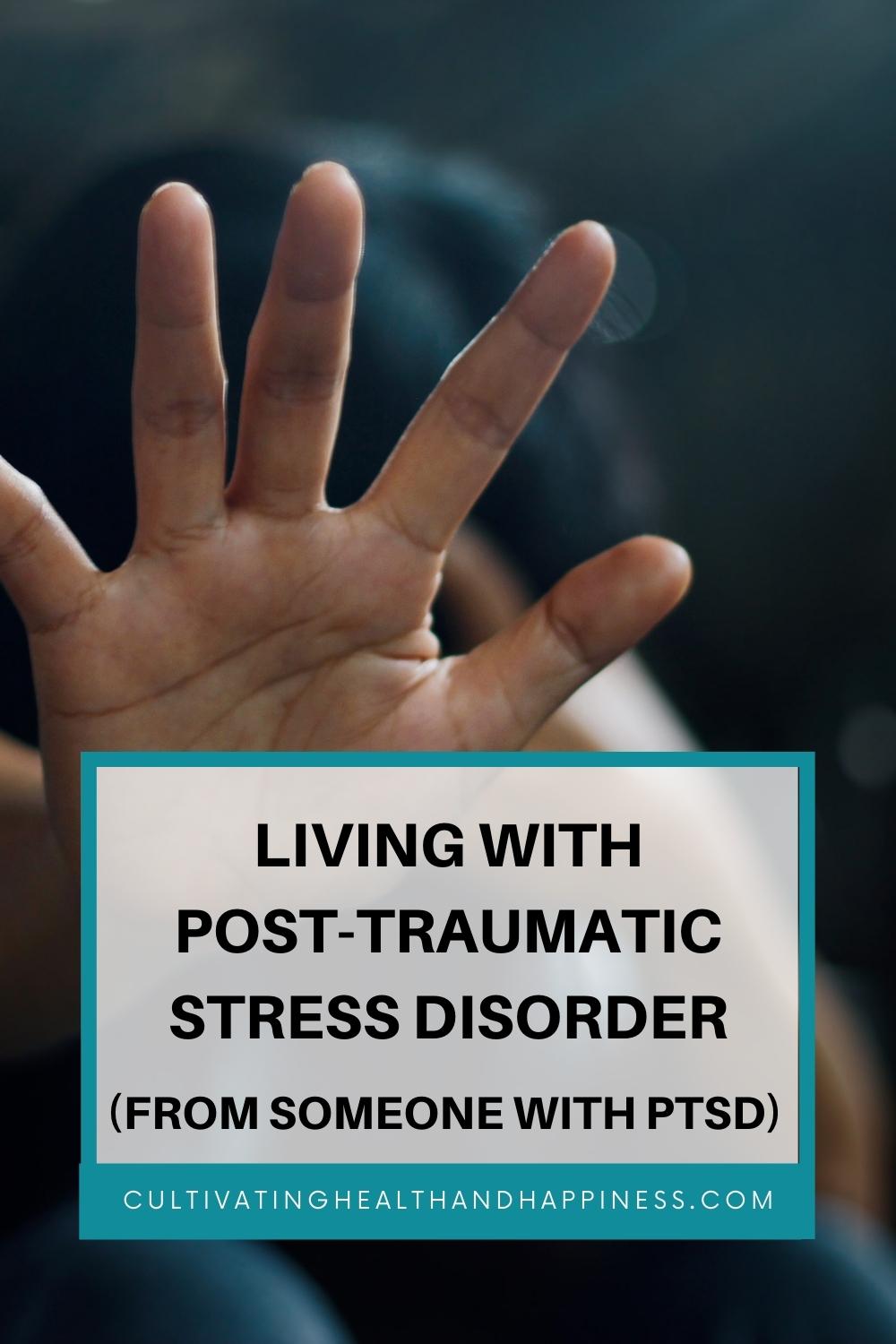









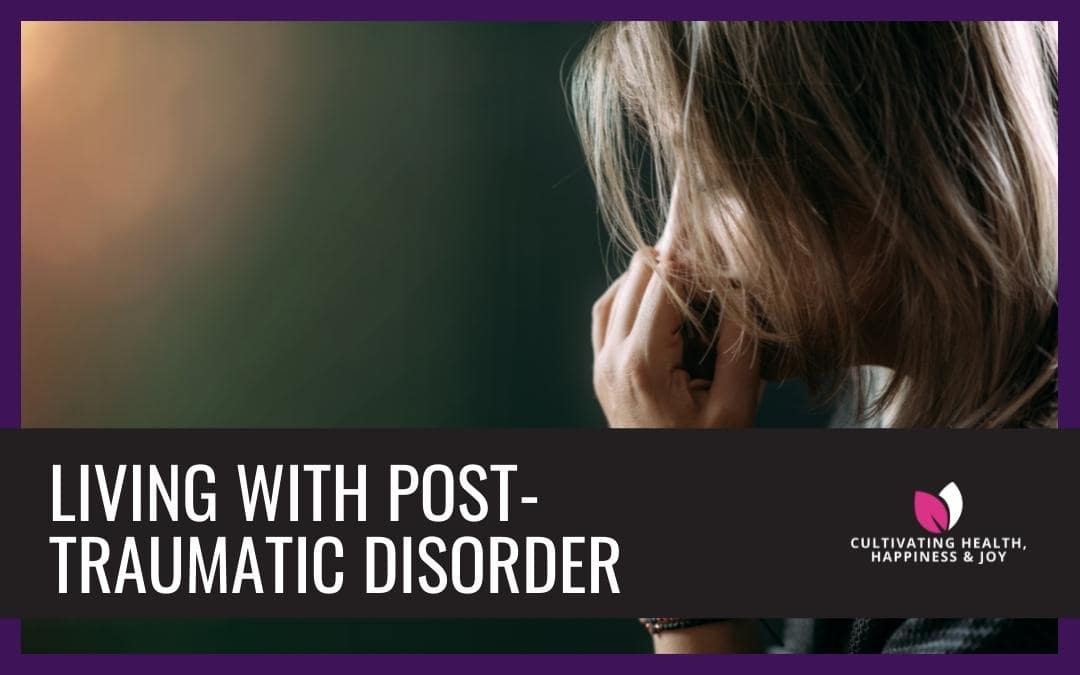
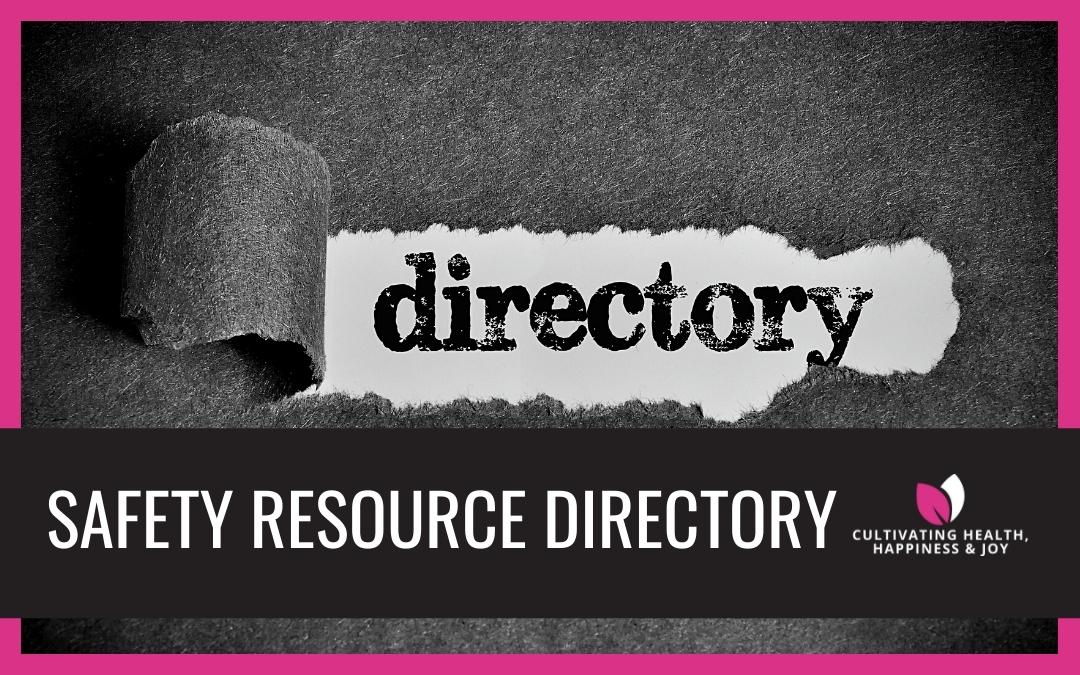
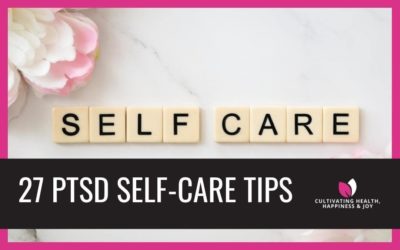
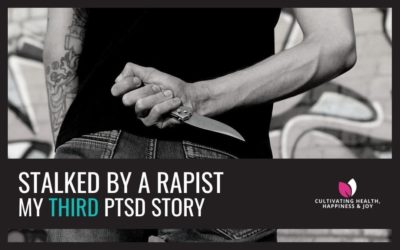
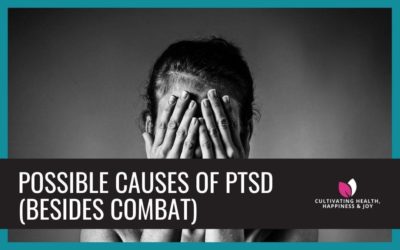
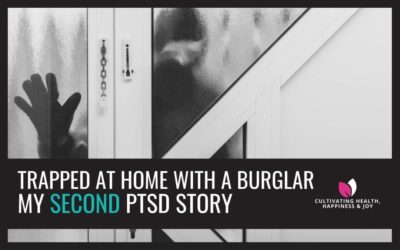

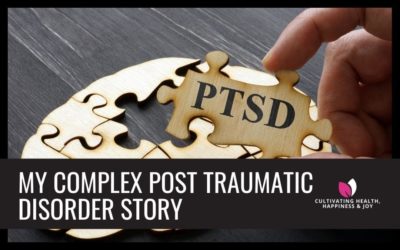

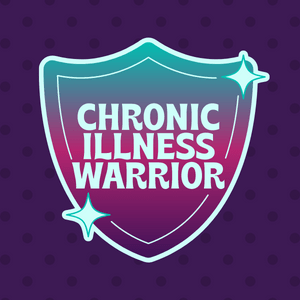

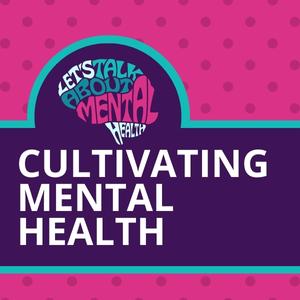

0 Comments